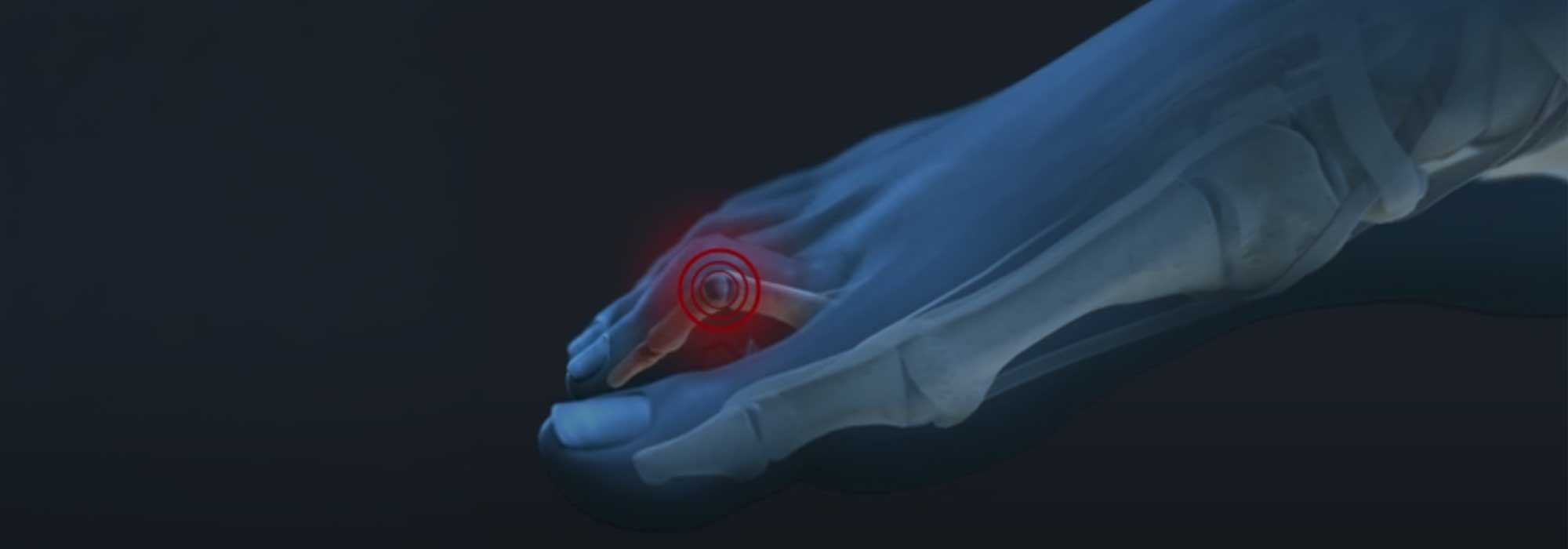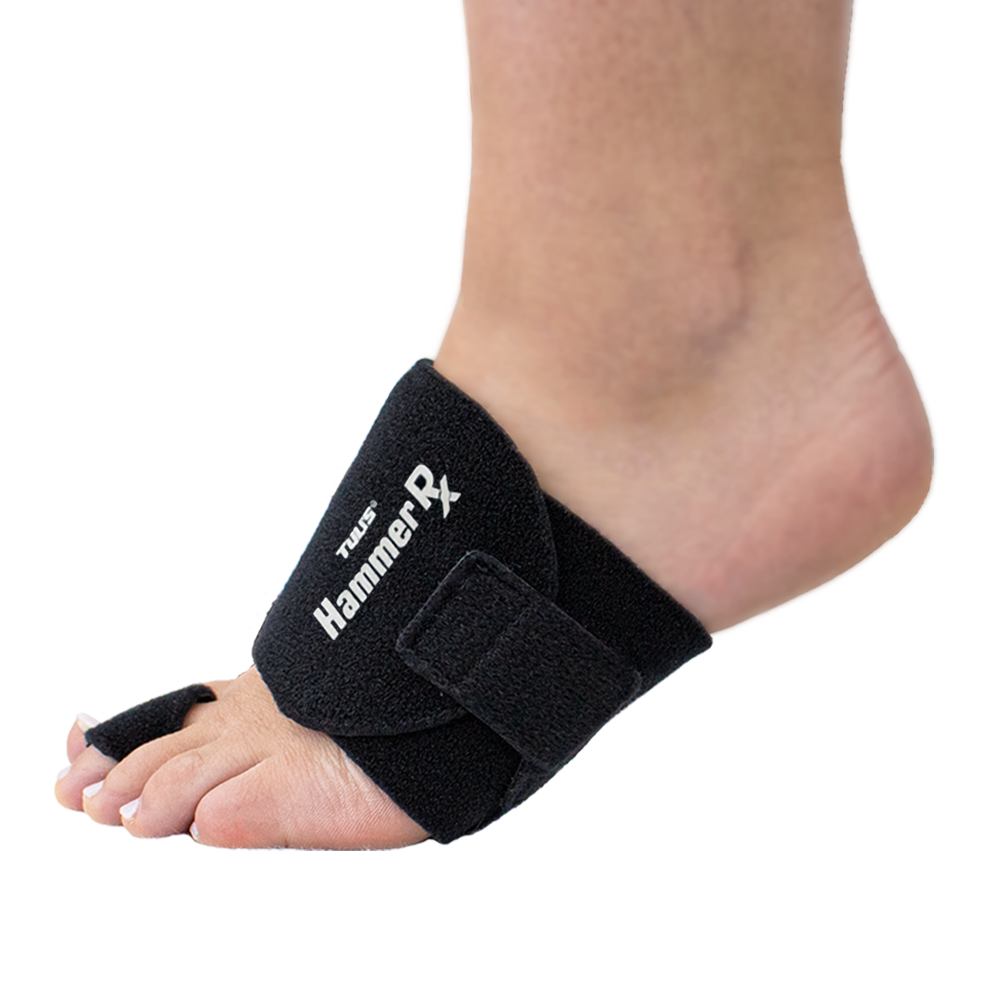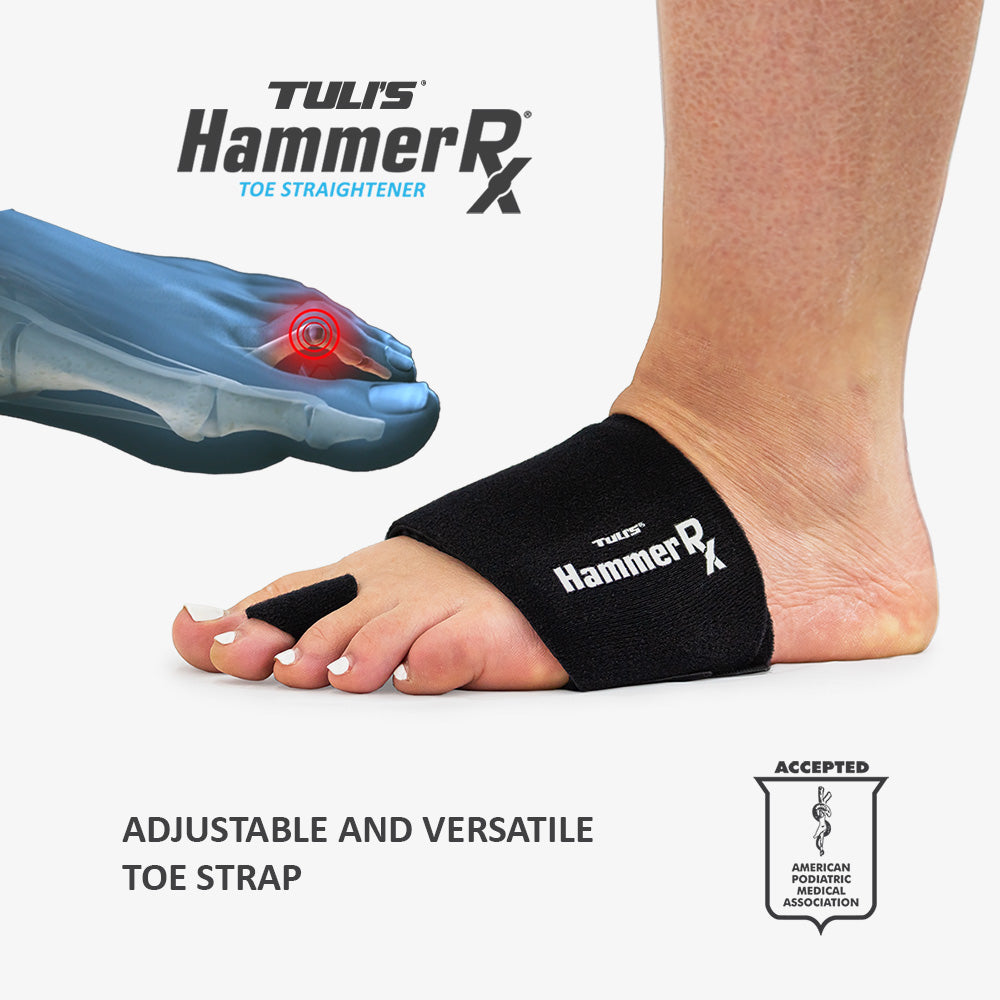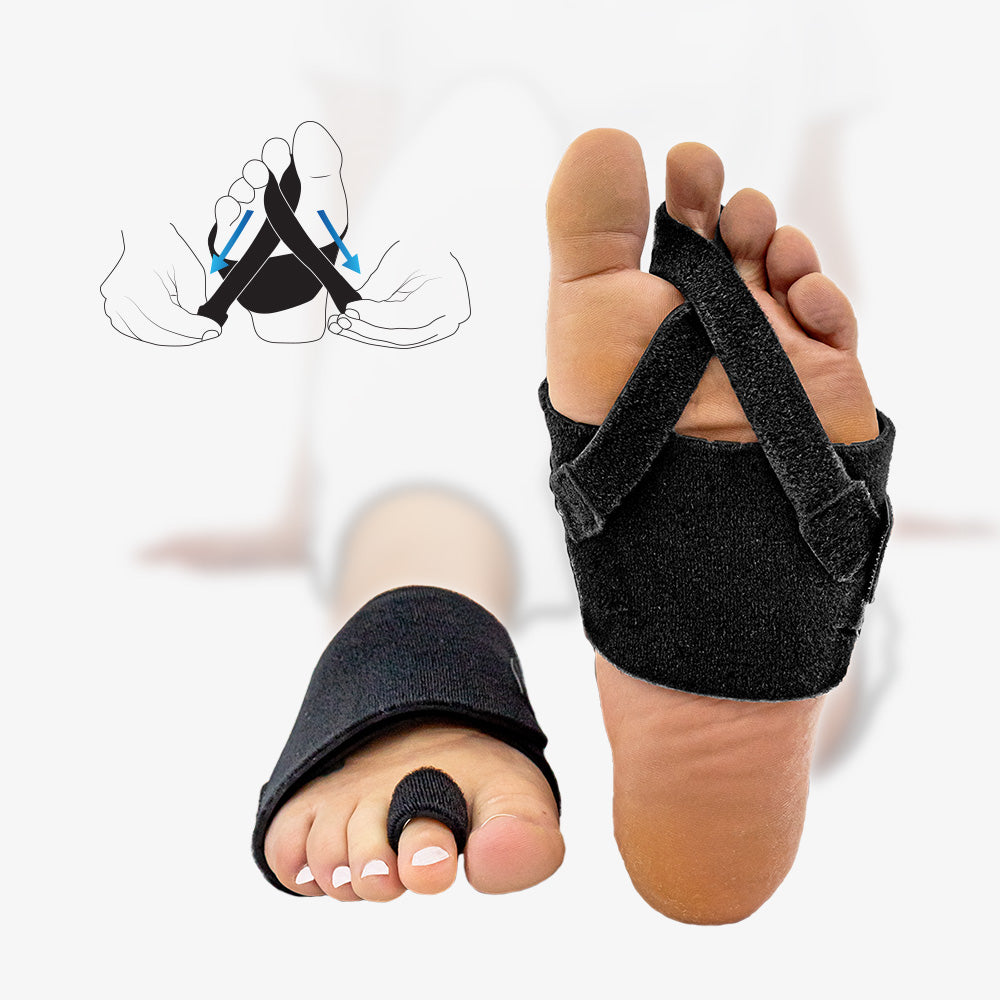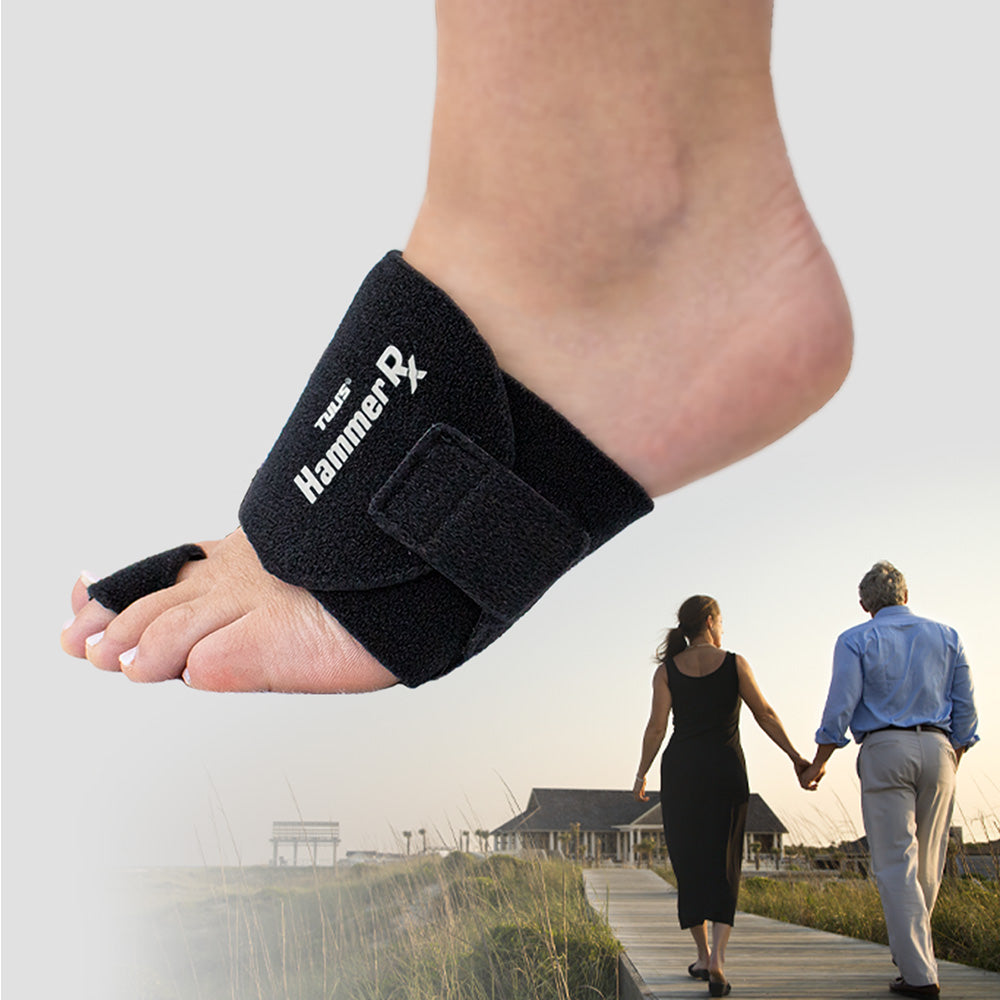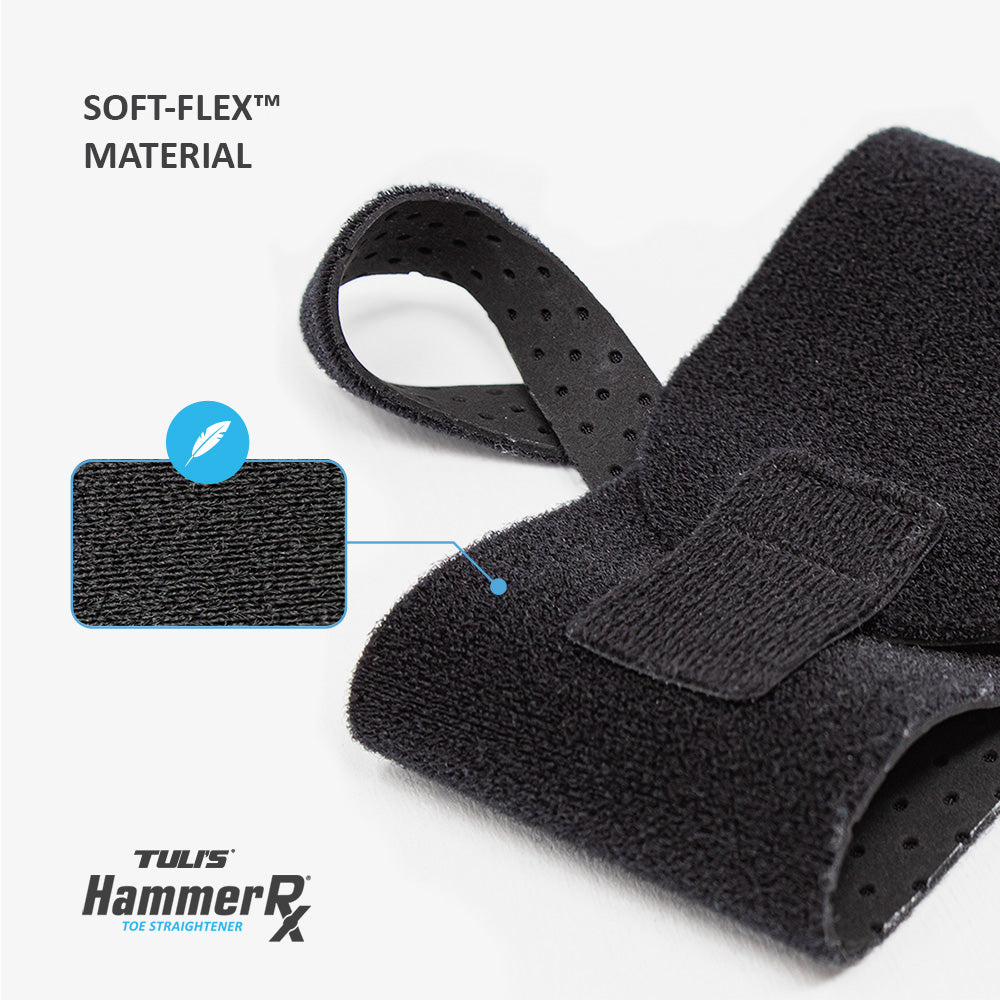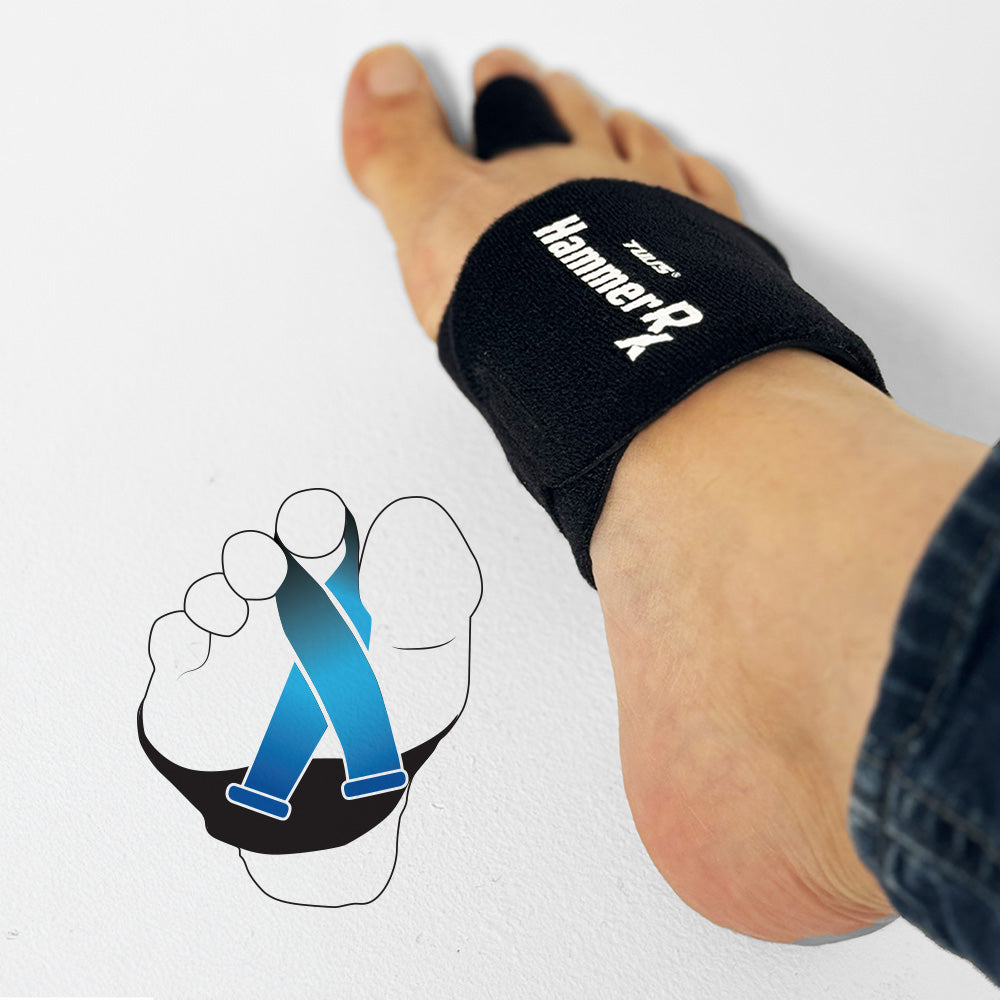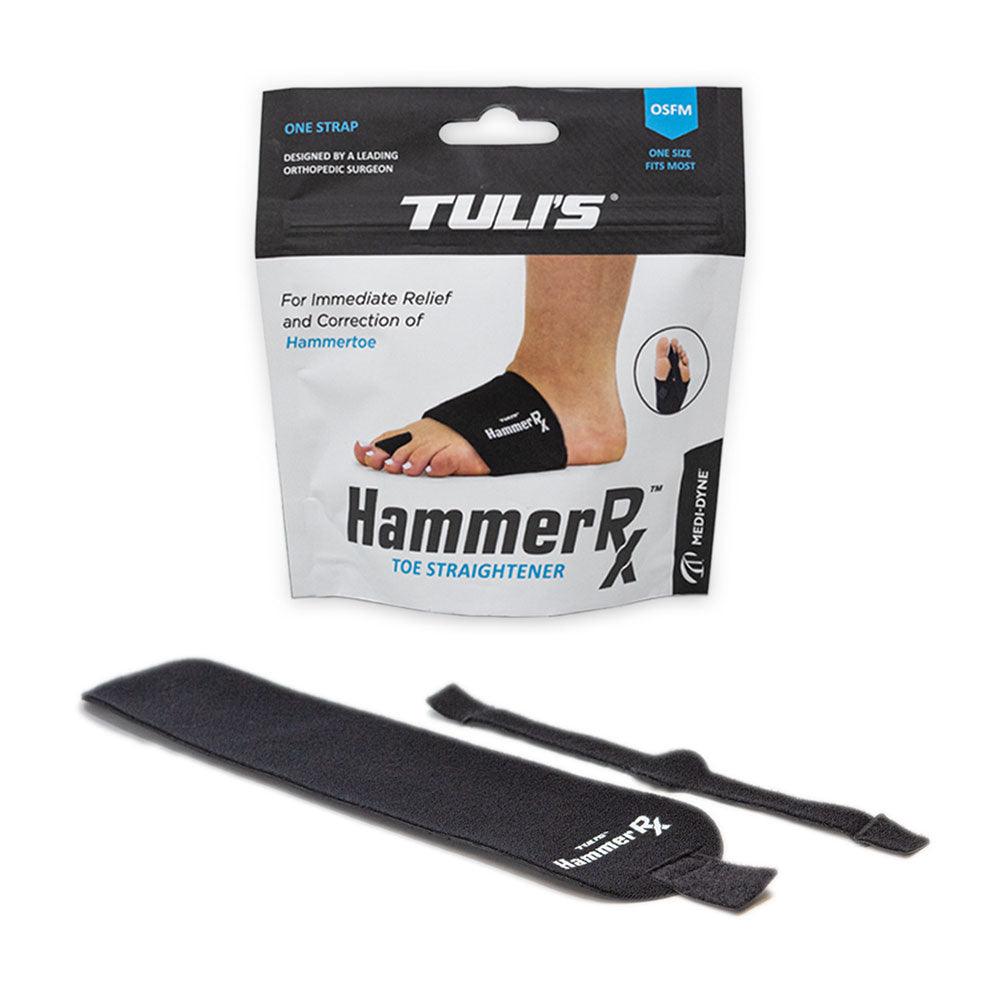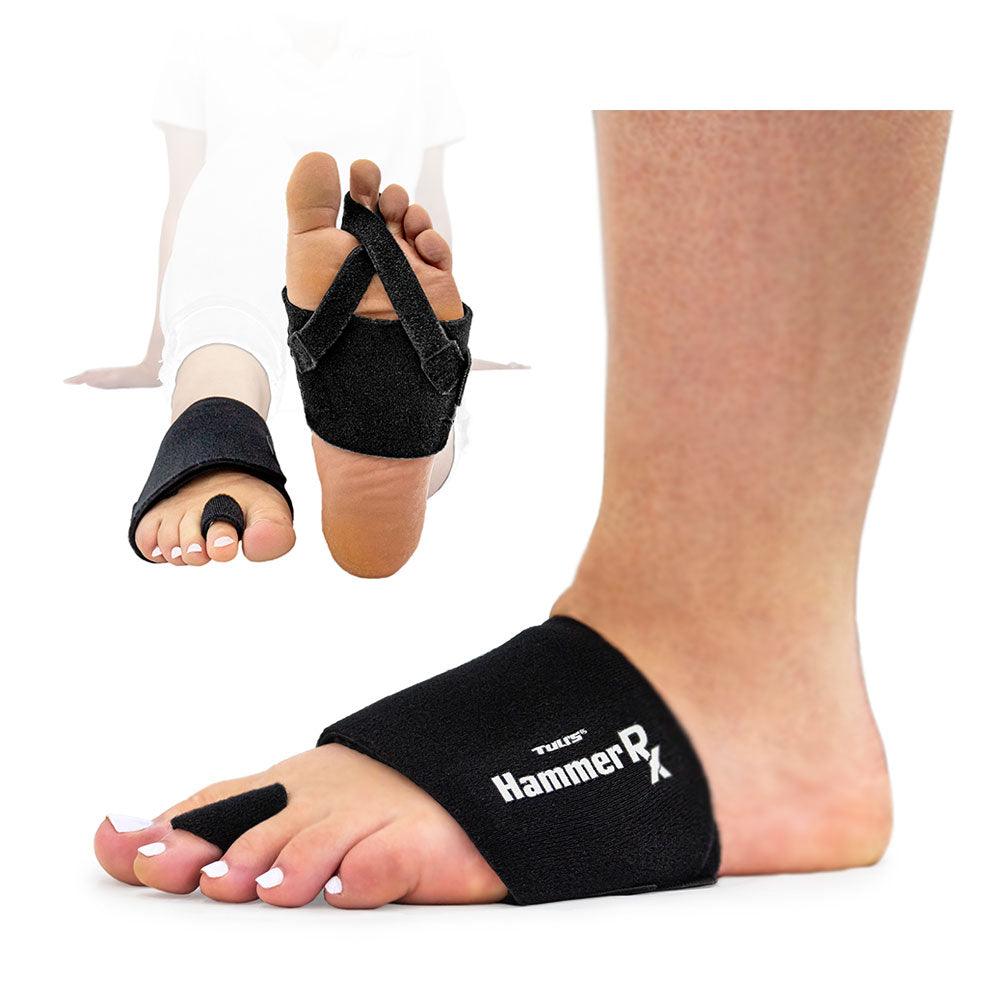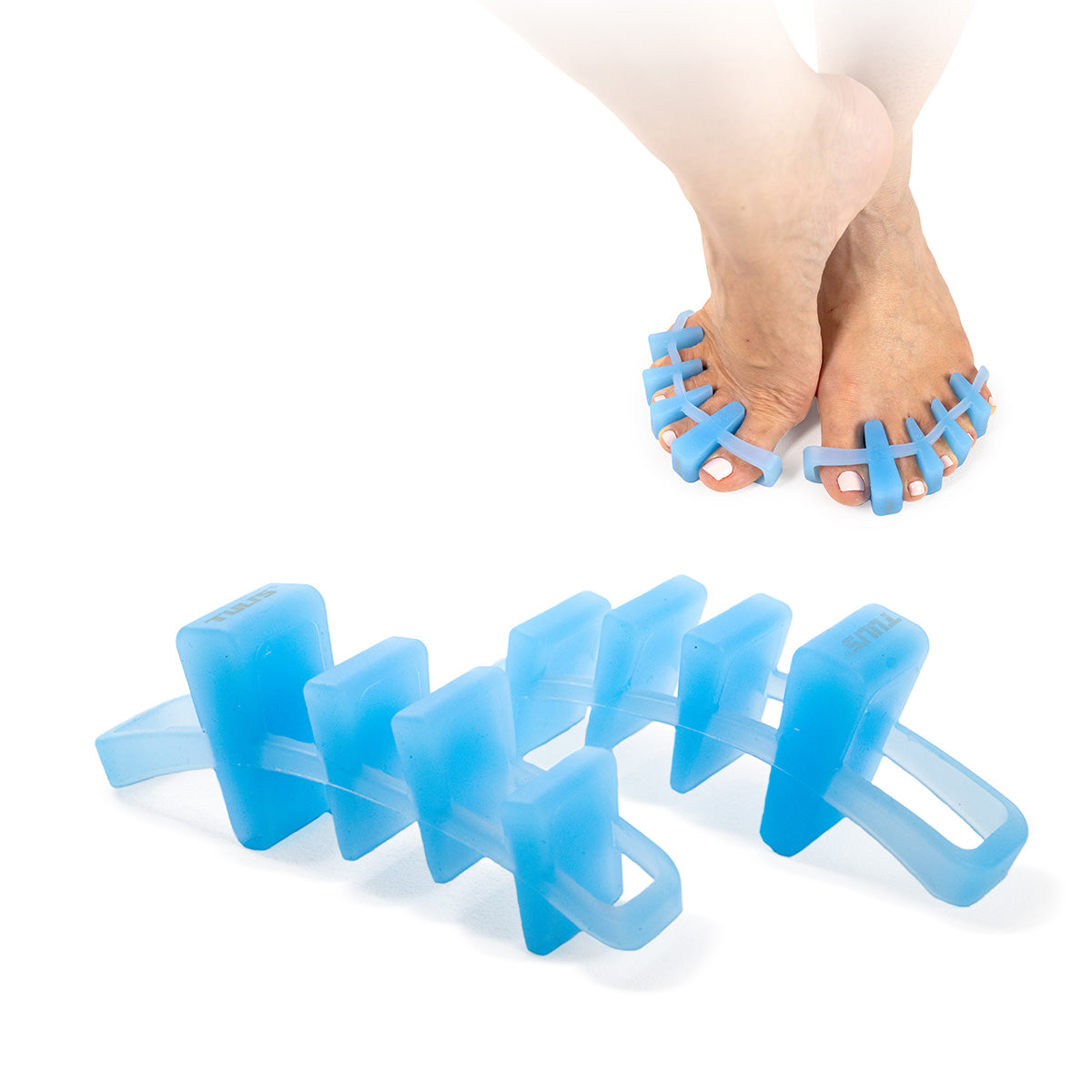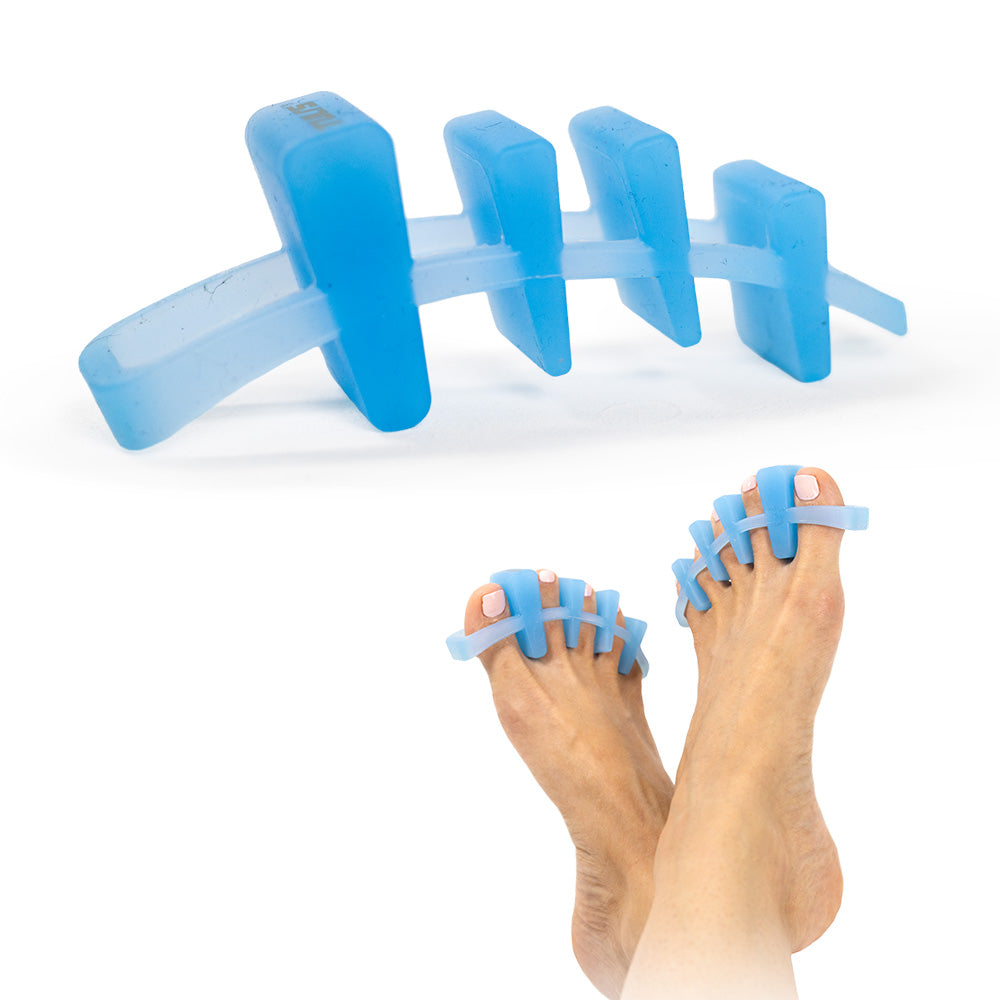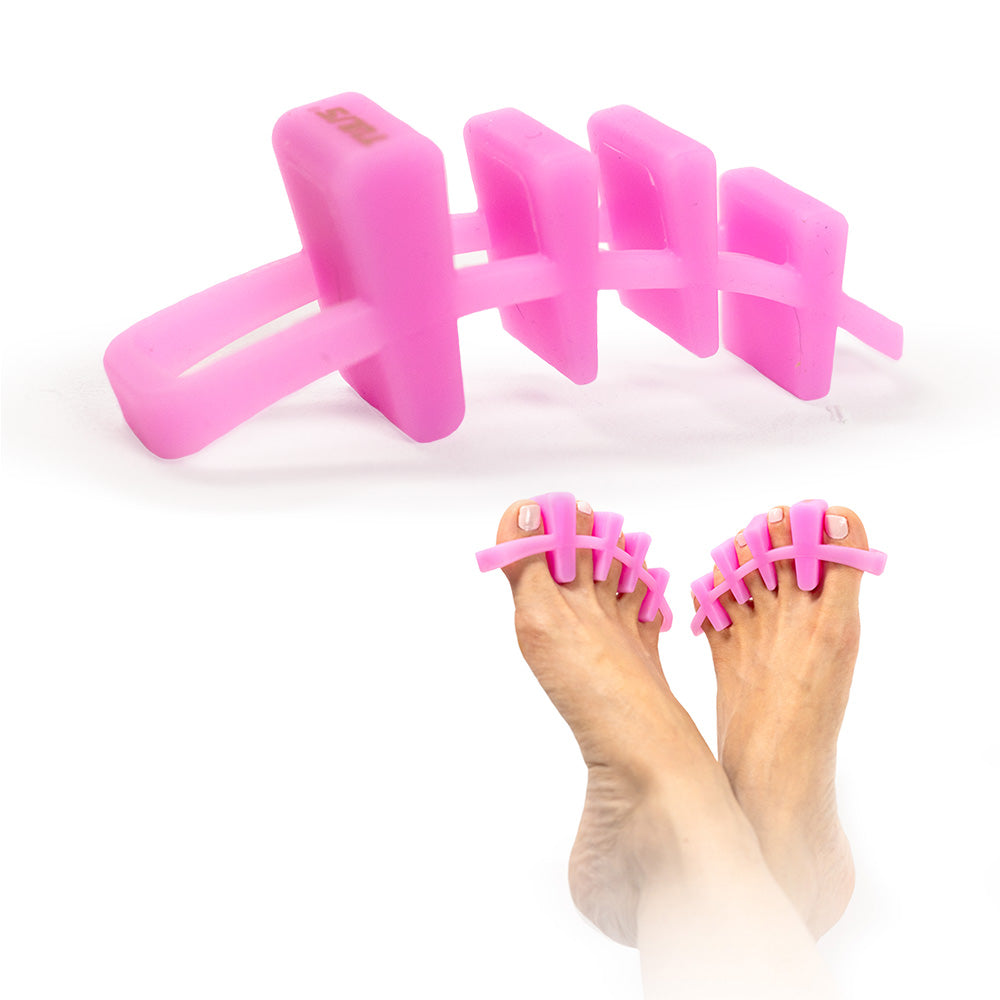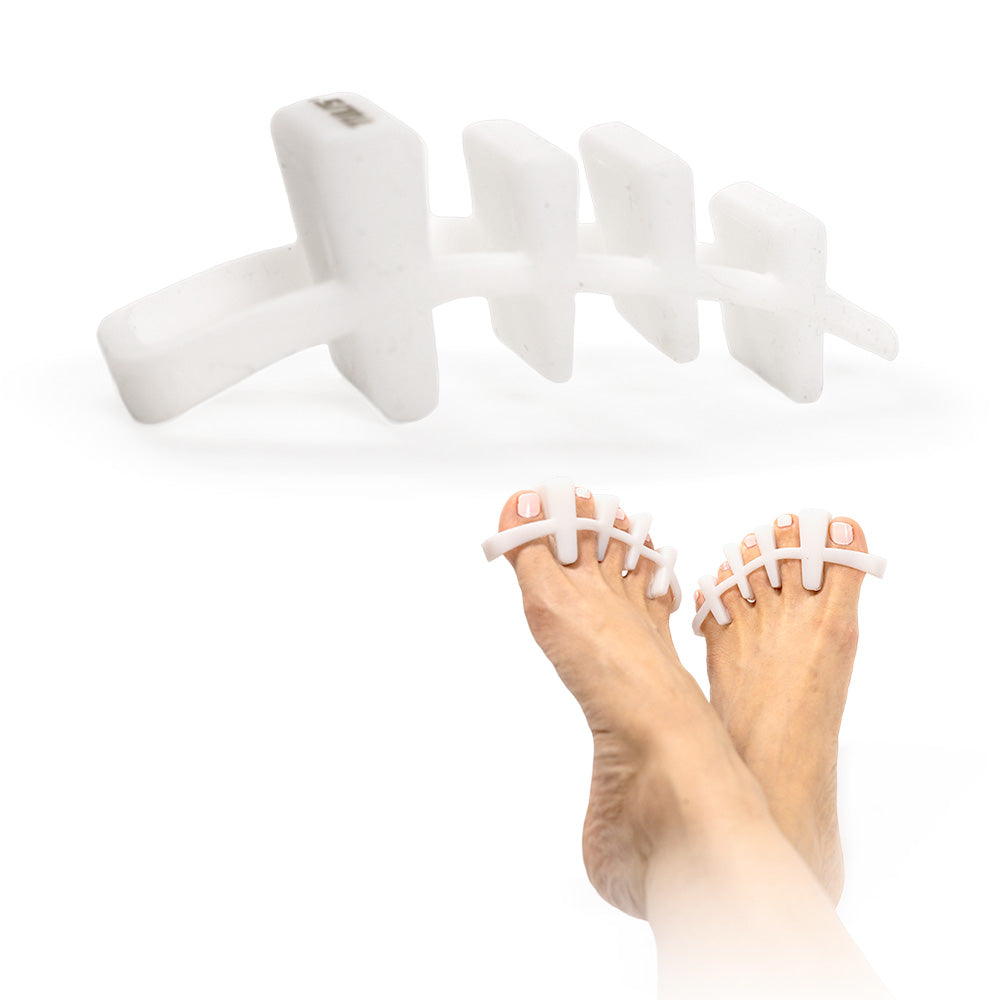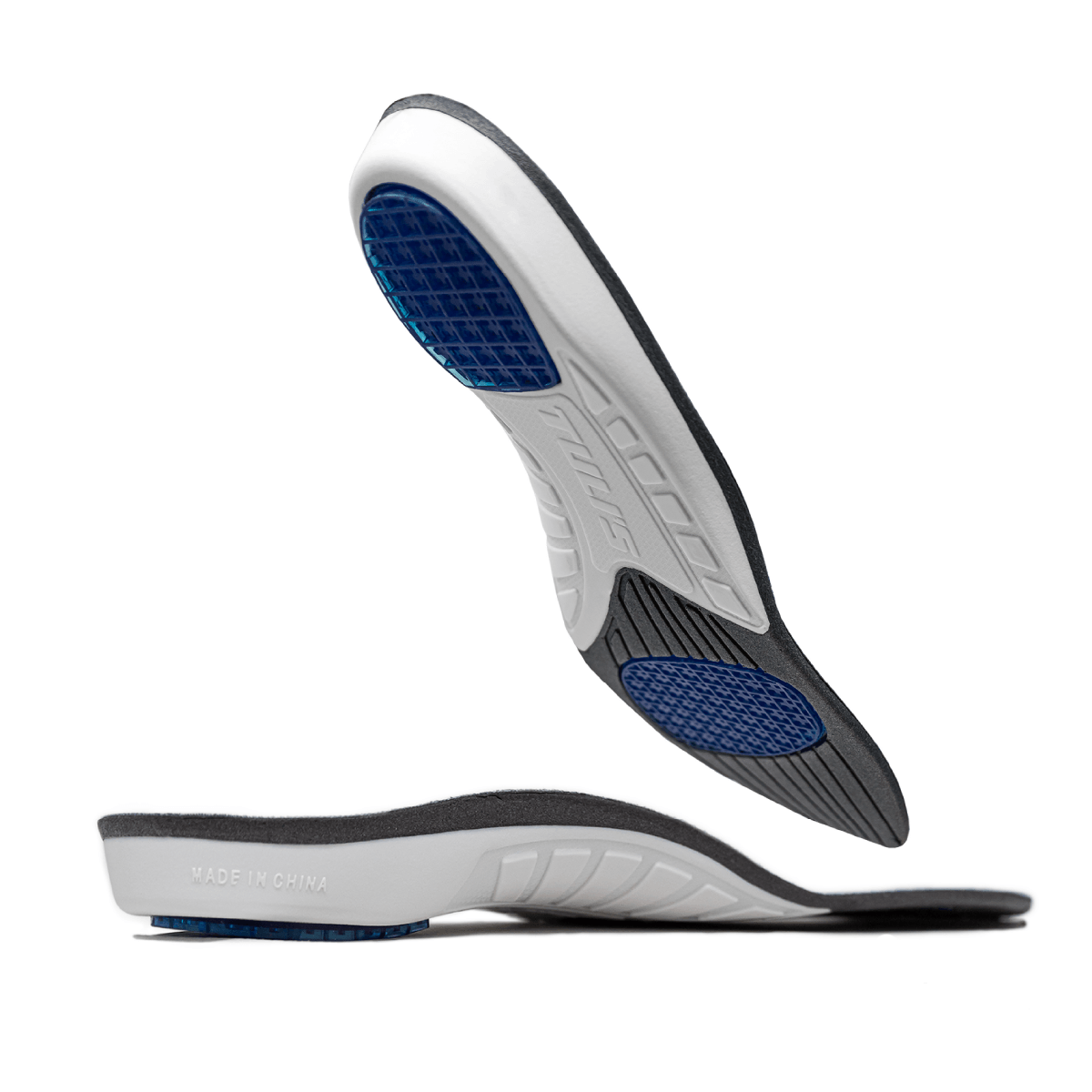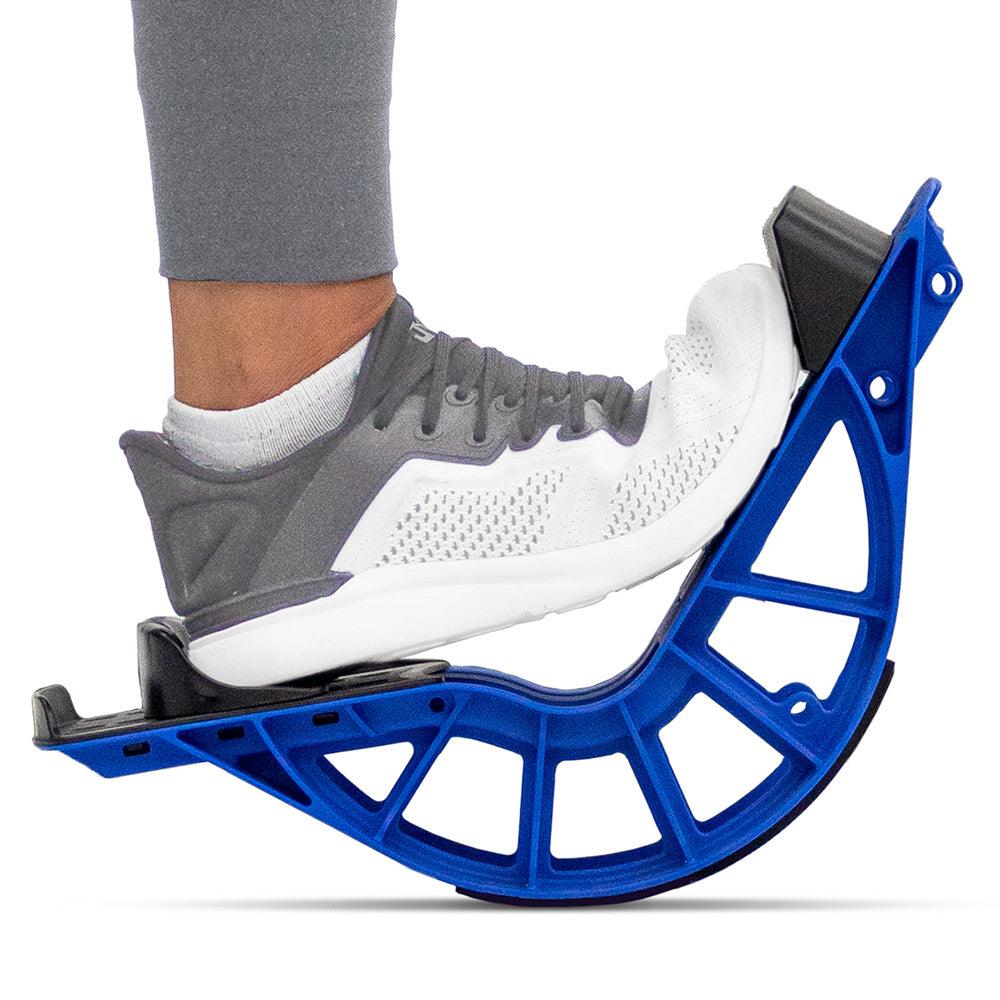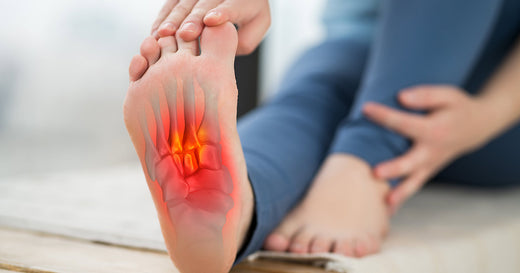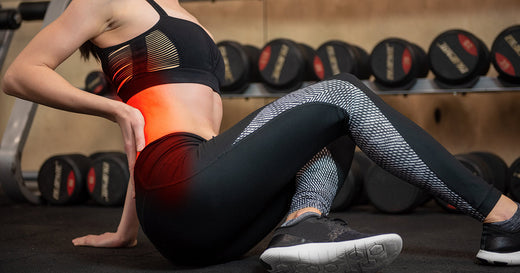Hammertoe deformity is a condition that is characterized by an abnormal bend in the middle joint of a toe. While a hammertoe deformity is frequently found in the second toe (the toe after your big toe), it is also known to affect individuals in their third and fourth toes as well.
In a hammertoe deformity, the toe's middle joint is bent at an angle and is caused by several different factors. While the estimated prevalence of hammertoe deformity currently sits between 1-10% in the United States, research has shown that it affects women more often than men, and the frequency of the condition is also higher in older age groups.
Causes
Hammertoe Causes
Studies are still underway to help better determine what causes hammertoe deformities, but current theories suggest that the condition is brought on by one or more of the following factors: genetics, arthritis, diabetes, or a lack of proper foot care.
Hammertoe deformities generally occur due to repeated pressure on the forefoot caused by improper footwear. This pressure may occur when the toes are forced to bend or curl inward, causing the middle joints to be bent in an unnatural position.
Symptoms
Hammertoe Symptoms
An untreated hammertoe deformity usually leads to the middle joint of the affected toe becoming inflamed and irritated. In many cases, this inflammation and irritation can lead to chronic pain and an increased risk of infection.
The treatment of hammertoe deformities varies and is dependent on the severity of the condition. If you are looking to treat your hammertoe deformity, we recommend that you speak to a podiatrist or physician.
When left untreated, hammertoe deformities can lead to several complications, including:
- Blisters
- Calluses
- Corns
- Ingrown toenails
- Infection
- Painful bunions
- Severe pain
If you experience any of these symptoms, it is essential that you seek the advice of a medical professional.
Many people who suffer from hammertoes do not realize that they are suffering from the condition until the disorder becomes severe enough to cause them pain. For instance, many people do not realize that they suffer from hammertoes until they suffer from a related condition, such as a painful bunion or corn. In some cases, however, the hammertoe deformity itself can cause pain.
Day-to-day activities are greatly affected by hammertoes. In many cases, people who suffer from the condition will be unable to participate in certain activities because of the pain their hammertoes cause them. For instance, many who suffer from hammertoes may be unable to take long walks, hike or run. Hammertoes can also cause individuals to walk with a limp, which can cause the person's body to become out of alignment and lead to muscle strains or other injuries.
Treatment
Hammertoe Treatment
In most cases, however, the treatment of hammertoe deformities is relatively straightforward and involves using a toe straightener, such as the Tuli's HammerRx Toe™ Straightener. Devices such as these can help to gradually straighten the bent middle joint of the toe and prevent the condition from becoming worse.
It is crucial that you speak to a podiatrist or physician if you suspect that you may be suffering from a hammertoe deformity. Self-diagnosing and treating can lead to improper care and could even result in further injuries. A medical professional will examine your feet and determine whether or not you are suffering from the condition.
After a diagnosis has been made, your physician or podiatrist will typically recommend a tailored treatment plan for your specific condition. Many of the treatments commonly used to treat hammertoes are non-invasive and do not require surgery.
Looking for hammertoe correction without undergoing surgery? We highly recommend our Tuli's HammerRx™ Toe Straightener.
PLEASE NOTE: The information on this website and article is for information only and should not be used as a substitute for consulting your doctor. Consult your doctor for proper diagnosis and rehabilitation.




